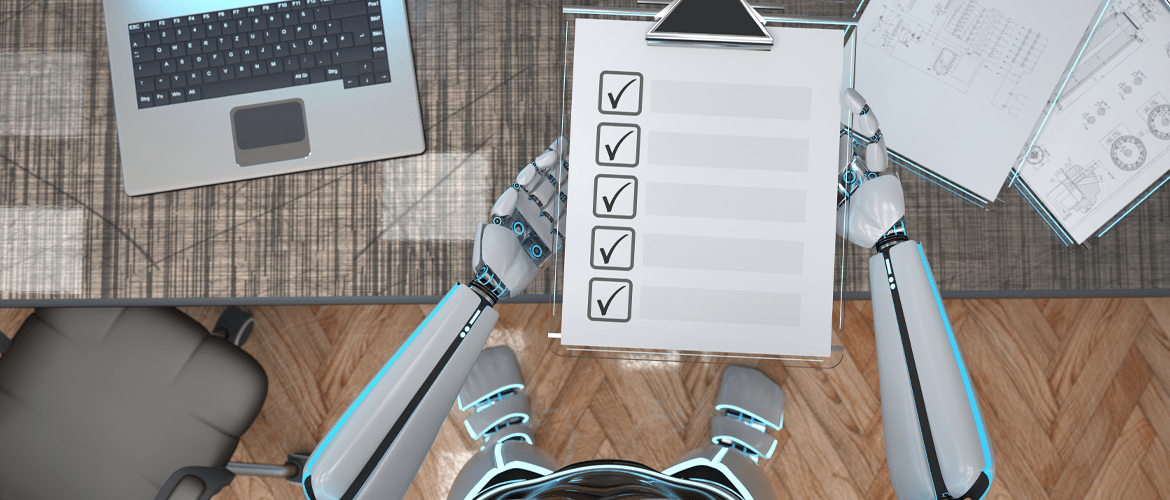Alibaba and DigiKey is not a supply chain strategy! So what are the ten most important things to consider when developing an outsourced manufacturing solution and the supply chain that surrounds it?
At Riverwood we see all kinds of supply chains, good, bad and darn right ugly. We see more vendors than most, and we visit an unhealthily large number of factories in all the world’s manufacturing geographies. Here’s a little of what we’ve learned along the way and what we like to consider with clients when we start the manufacturing software and vendor selection process.
Customers first
A great starting point is to consider where your market is, where most of your customers are likely to be. Then you can think about where and how to ship the product to them. Don’t underestimate the cost of fulfilment along with the cost of upgrade or reverse logistics or even recalls should they be required. Also how diverse is your market? Is it domestic, regional or global and would one manufacturing location suffice, or do you need to consider a global multi-site vendor?
Price elasticity of demand (PED)
What price do you need to sell at to get the volume of sales that you need? You will also want to consider how the price of your product might vary with volume and how it may be eroded over time as new competitors come into your space. First to market advantage is good, but it is temporary and you may need to review pricing sooner than you think. You need to really understand what you can sell for, how many you can sell and what margin you need to support the product and develop the next model.
The influence of labor
How much of your manufacturing costs is labor and how much is materials? This question will certainly impact upon your selection of geography, as will the types of materials used in your product. The details and sources of the BOM (Bill of Materials) will hold great sway.
Downstream vendors
Supply chains do not operate in vacuums. They are complex connected ecosystems. Your materials and their sources will influence the choice of vendor. Mechanical parts such as metals or plastics may dictate the best place to build a given product. This may be true with your vendor’s vendors too. You’ll need to explore a few tiers down to get the right sort of robust and low risk supply chain.
Marketing and politics
We have all read plenty of articles on re-shoring! Some of us have even written a few. It’s worth considering what political, cultural or marketing value your manufacturing location brings. It’s always interesting to see Apple product emblazoned with ‘Designed in California’ whilst everyone knows they’re ‘Made in China’. Would a ‘Made in America’ stamp provide value, and what is that value?
Cost of liaison
I fly to Asia regularly to visit vendors and we have a lot of feet on the ground supporting our clients there and in all the other manufacturing locations, but working with vendors in distant geographies is not without cost and this needs to be considered. These might be financial costs of visits, but they may also be costs in time, slowing your entry into a particular market.
All at sea
Sea freight is cheap, but slow. Consider the cost of the stock that’s at sea, along with the inventory overhang if that model becomes obsolete whilst sailing across the ocean. The cost of air freighting goods at short notice may actually negate the savings of manufacturing offshore when something goes wrong and goods are needed quickly. Along with this, weight and form factor or size will play a part into the whole shipping cost equation.
Eggs and baskets
Dividing your business between two vendors can be risky, especially when it’s initially a modest volume, but being with a single vendor is also a risk. Other risks can come from further along the supply chain with those downstream vendors. A proper risk analysis is essential to supply chain planning.
CSER or culture, social and environmental issues
Consideration needs to be given to those so-called ‘soft’ issues that can become hard issues when you get into fields like Mil/Aero, or when a preference becomes a compliance issue. What are your views around social and environmental issues? What’s the potential fall out of bad publicity around certain locations, labor relations or conflict materials?
Robust design
Much depends on the product itself. Some products are simple and have no variation, limited models and no scope for customization, but consumers seem to be demanding more mass customization and more variety. These will impact on design as well as the supply chain. A product that is built on a platform with late stage customization will need a different approach to one that has a complete configure-to-order or ‘lot size of one’ approach.
Clearly not all products are created equal. We’re making complex consumer solutions, not widgets. As a result software vendor and supply chain selection is a mixture of science and art, experience and process. Getting it right isn’t easy, getting it wrong can be disastrous!
Sign up for our blog
Stay up-to-date on the latest in manufacturing trends, insights and best practices.





